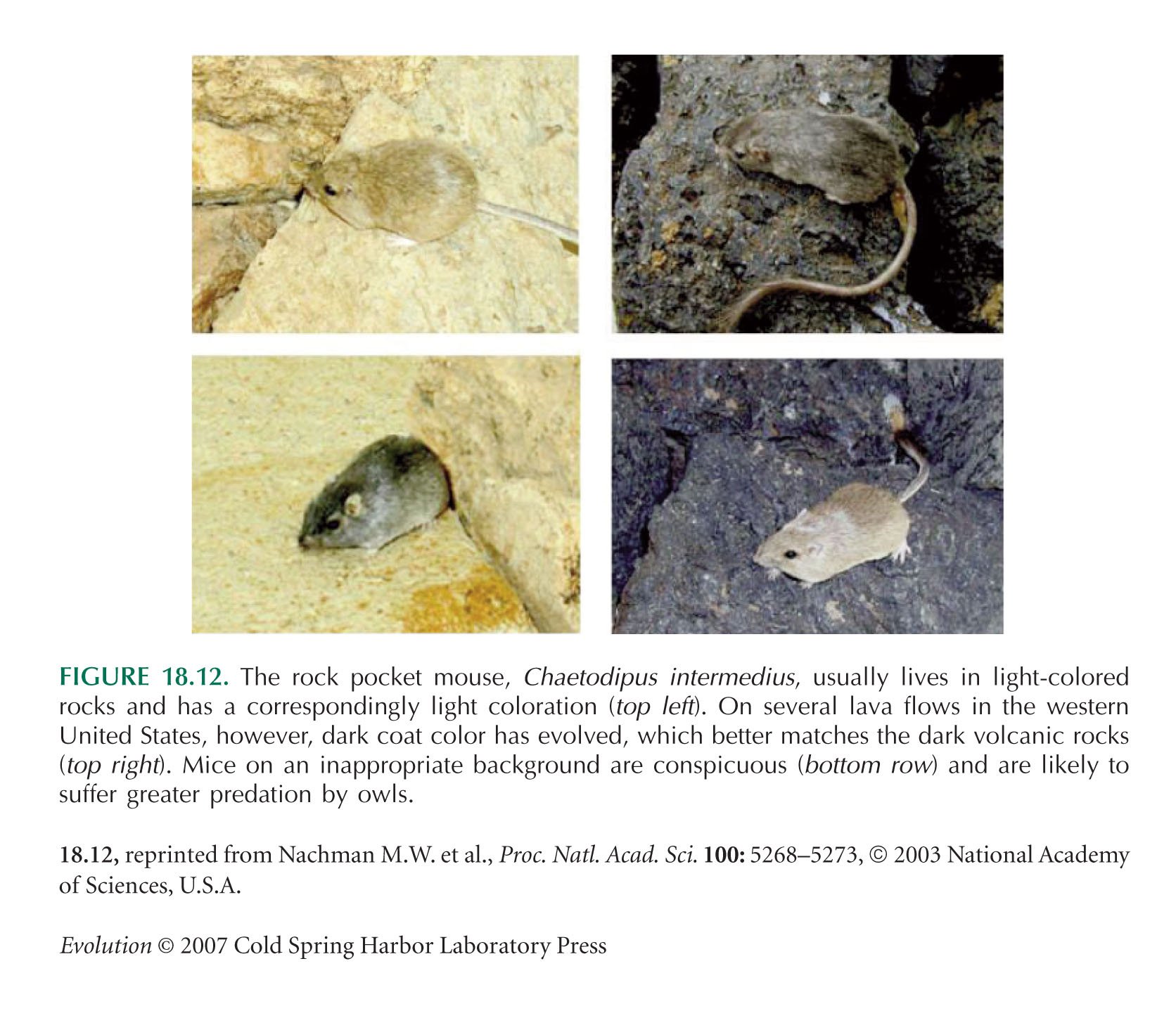

The rock pocket mouse, Chaetodipus intermedius, provides a useful system for studying the genetics of adaptation.

Most involve either biochemical polymorphisms ( 4– 6) or response to human disturbance, such as heavy metal tolerance in plants, insecticide resistance, warfarin resistance in rats, or antibiotic resistance ( 7), and in many cases, the specific nucleotide changes have not been identified. Because of these difficulties, the molecular basis for adaptation is known in only a handful of cases. Finally, many fitness-related traits are quantitative and are unlikely to have a simple genetic basis. Yet, after more than a half-century of study, the genes responsible for these color differences remain unknown ( 3). For example, one of the best known cases of adaptation involves color morphs of the peppered moth, Biston betularia. Second, phenotypic variation of ecological relevance has often been studied in species for which we have little genetic information, making the genetic basis of the traits difficult to analyze. First, it requires that we identify traits that are ecologically important and that we have some understanding of how these traits affect fitness in different environments. Finding the genes underlying adaptation has been difficult for a number of reasons. A key problem in evolutionary biology is to connect genotype with phenotype for fitness-related traits ( 1, 2).


 0 kommentar(er)
0 kommentar(er)
